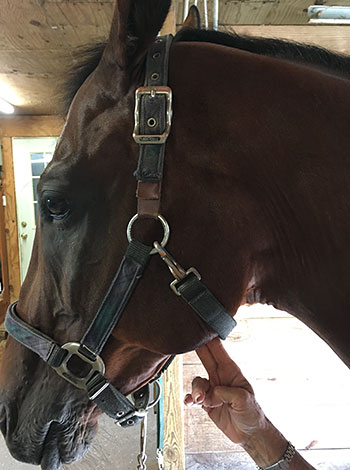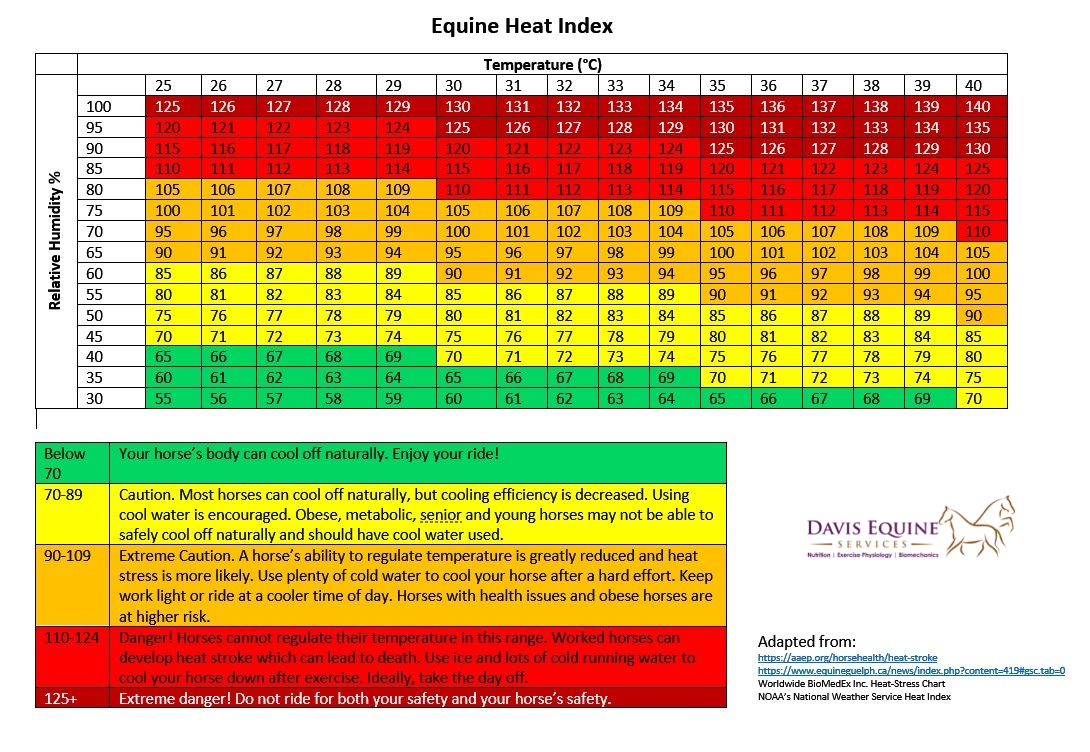How to Take a Horse’s Temperature: A Step-by-Step Guide

Taking a horse’s temperature is a crucial skill for any horse owner or caretaker. Monitoring your horse’s body temperature helps detect early signs of illness, infection, or distress. This guide will walk you through the process, tools needed, and important tips to ensure accurate readings.
Why Taking a Horse’s Temperature is Important

Horses cannot communicate their discomfort verbally, so physical signs like temperature changes are vital indicators of health. A normal horse temperature ranges between 99°F and 101°F (37.2°C to 38.3°C). A temperature above or below this range may signal fever, infection, or other health issues requiring veterinary attention.
Tools Needed
| Tool | Description |
|---|---|
| Digital Thermometer | Quick, accurate, and easy to read |
| Mercury Thermometer | Traditional, but less commonly used due to safety concerns |
| Lubricant | Petroleum jelly or water-based lubricant to ease insertion |
Step-by-Step Procedure
- Prepare the Thermometer: Clean the thermometer with alcohol and apply a thin layer of lubricant.
- Secure the Horse: Ensure the horse is calm and restrained safely, ideally with a halter and lead rope.
- Position Yourself Safely: Stand beside the horse’s hindquarters to avoid injury.
- Insert the Thermometer: Gently insert the thermometer about 2-3 inches into the rectum.
- Wait for the Reading: Hold the thermometer in place for about 30 seconds (digital thermometers beep when done).
- Remove and Read: Carefully remove the thermometer and read the temperature.
- Clean the Thermometer: Sanitize the thermometer after use.
Tips for Accurate Measurement
- Always use a clean, lubricated thermometer.
- Take the temperature at the same time each day for consistency.
- Avoid taking temperature immediately after exercise or exposure to extreme weather.
- Record the readings to monitor trends over time.
Common Questions (FAQ)
Q: How often should I take my horse’s temperature?
A: During illness or recovery, take it 2-3 times daily. Otherwise, routine checks once a week are sufficient.
Q: What if my horse resists?
A: Use calm, gentle handling and consider having an assistant. Positive reinforcement can help.
Q: Can I use a human thermometer?
A: Yes, but ensure it is suitable for rectal use and properly sanitized.
Q: What does a high temperature indicate?
A: It may indicate fever, infection, or inflammation. Contact a veterinarian if the temperature exceeds 102°F (38.9°C).
Summary Table: Normal vs. Abnormal Temperatures
| Temperature (°F) | Interpretation |
|---|---|
| 99 – 101 | Normal |
| 101.1 – 102 | Slightly elevated, monitor closely |
| Above 102 | Fever, seek veterinary advice |
| Below 99 | Possible hypothermia or shock |
Taking your horse’s temperature is a simple yet essential part of equine care. With practice and patience, it becomes a routine task that helps keep your horse healthy and happy.
